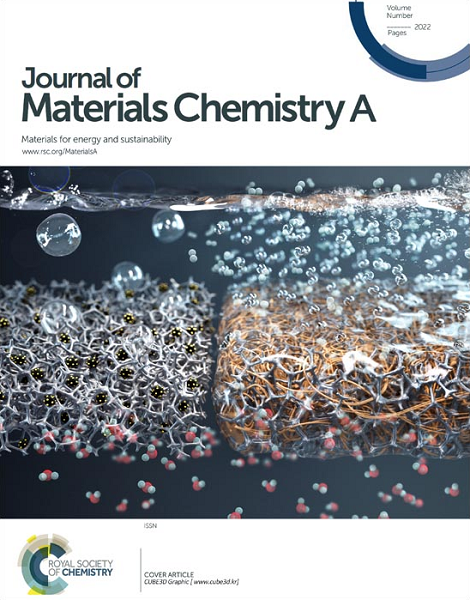Electrospun nanofibers-based humidity sensors: materials, devices, and emerging applications
IF 10.7
2区 材料科学
Q1 CHEMISTRY, PHYSICAL
引用次数: 0
Abstract
Humidity sensors, serving as essential electronic components for monitoring humidity levels, show widespread applications in environmental and human body related humidity detections. The development of nanomaterials has provided numerous opportunities for many fields, including humidity sensors. Electrospinning, as a simple technique for fabricating nanofibers, has garnered increasing attention in the field of electronics. Among them, the electrospun nanofibers have shown promising prospects in the high-performance humidity sensors due to their large specific surface area and high porosity. After years of development, although significant achievements have been made in electrospun nanofibers-based humidity (ENH) sensors, many challenges still exist in this field. This review article aims to systematically discuss the latest developments in ENH sensors. Firstly, we provide a comprehensive overview of fundamentals of the electrospinning technique and humidity sensors. Secondly, the research progress of ENH sensors based on different materials (polymer nanofibers, oxide nanofibers, and composite nanofibers) and device types/working mechanisms (resistance, capacitance, impedance, frequency, and voltage/power generation) is reviewed and discussed. Thirdly, the emerging applications of ENH sensors in human body related humidity detections are discussed. Finally, the challenges and future development trends of ENH sensors are analyzed from different aspects. We hope that this review will offer valuable insights and guidance for the future research on ENH sensors.基于电纺纳米纤维的湿度传感器:材料、器件和新兴应用
湿度传感器是监测湿度水平的重要电子元件,广泛应用于环境和人体相关的湿度检测。纳米材料的发展为包括湿度传感器在内的许多领域提供了大量机会。电纺丝作为一种制造纳米纤维的简单技术,在电子学领域受到越来越多的关注。其中,电纺纳米纤维因其大比表面积和高孔隙率,在高性能湿度传感器领域展现出了广阔的前景。经过多年的发展,基于电纺纳米纤维的湿度(ENH)传感器虽然取得了重大成就,但该领域仍然存在许多挑战。这篇综述文章旨在系统地讨论 ENH 传感器的最新发展。首先,我们全面概述了电纺技术和湿度传感器的基本原理。其次,回顾并讨论了基于不同材料(聚合物纳米纤维、氧化物纳米纤维和复合纳米纤维)和器件类型/工作机制(电阻、电容、阻抗、频率和电压/发电)的 ENH 传感器的研究进展。第三,讨论了 ENH 传感器在人体相关湿度检测中的新兴应用。最后,从不同方面分析了 ENH 传感器面临的挑战和未来的发展趋势。我们希望本综述能为 ENH 传感器的未来研究提供有价值的见解和指导。
本文章由计算机程序翻译,如有差异,请以英文原文为准。
求助全文
约1分钟内获得全文
求助全文
来源期刊

Journal of Materials Chemistry A
CHEMISTRY, PHYSICAL-ENERGY & FUELS
CiteScore
19.50
自引率
5.00%
发文量
1892
审稿时长
1.5 months
期刊介绍:
The Journal of Materials Chemistry A, B & C covers a wide range of high-quality studies in the field of materials chemistry, with each section focusing on specific applications of the materials studied. Journal of Materials Chemistry A emphasizes applications in energy and sustainability, including topics such as artificial photosynthesis, batteries, and fuel cells. Journal of Materials Chemistry B focuses on applications in biology and medicine, while Journal of Materials Chemistry C covers applications in optical, magnetic, and electronic devices. Example topic areas within the scope of Journal of Materials Chemistry A include catalysis, green/sustainable materials, sensors, and water treatment, among others.
 求助内容:
求助内容: 应助结果提醒方式:
应助结果提醒方式:


